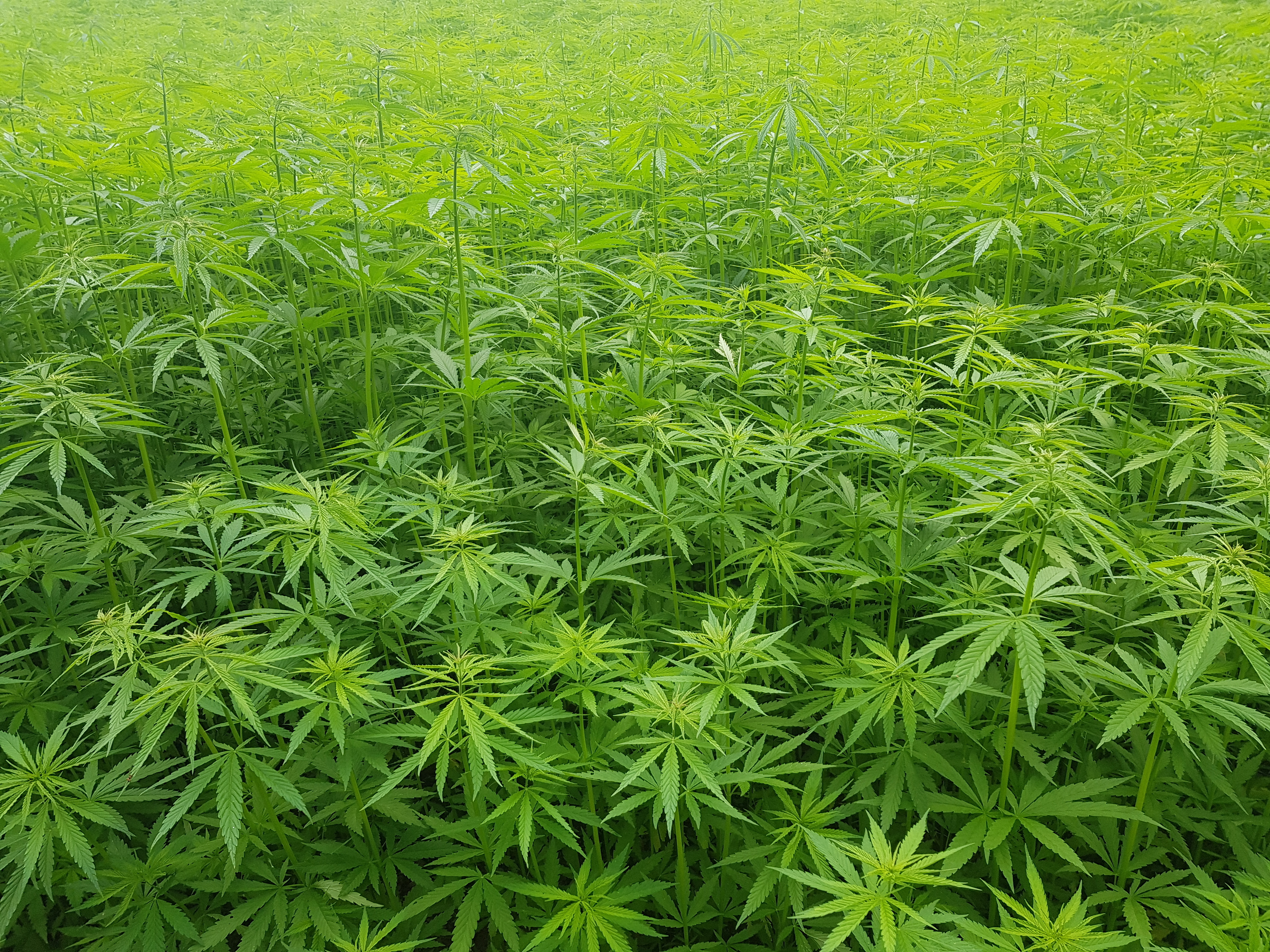
- April 24, 2024
- 0 comments
- 94 Views
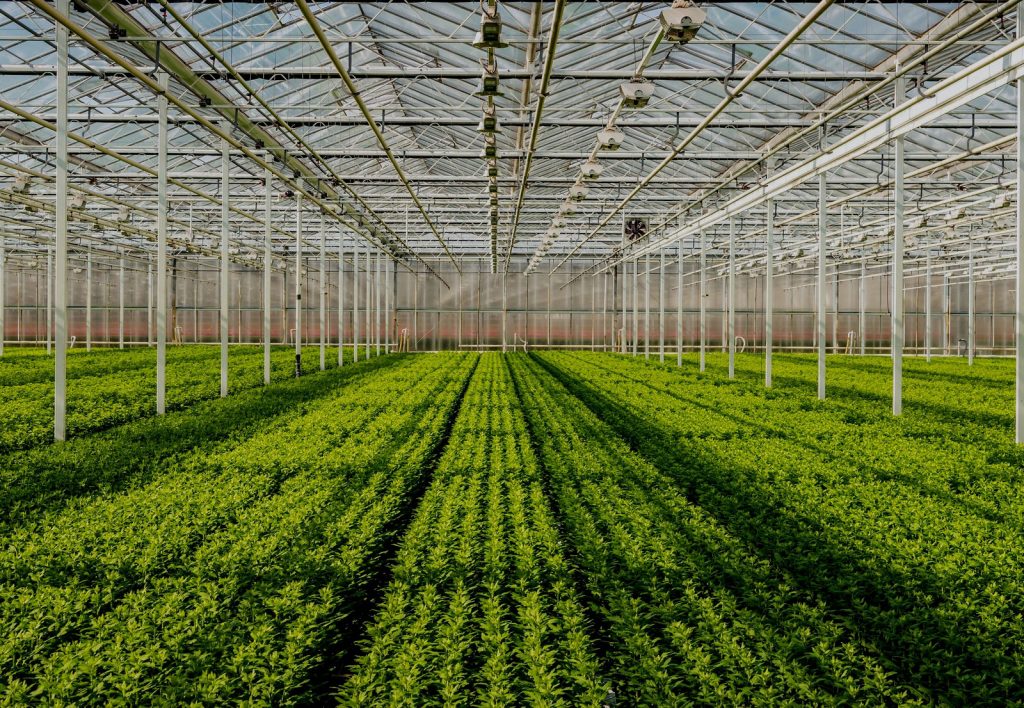
Many indoor growers are challenged by the height limitations of their lighting systems. One solution is to grow shorter plants and focus on developing the canopy, as the buds in the top portion of the plant tend to contain more cannabinoid content than those on lower branches.[1] There are two growing styles to achieve this: Sea of Green (SOG) and Screen of Green (SCROG).[2]
[1] https://doi.org/10.3390/plants11010140
[2] Variously spelled “sea of green” and “screen of green” (uncapitalized), as well as SoG, SCRoG, ScroG, or SCRoG.
SOG and SCROG both employ low-stress training (LST), a technique that increases the size of the top colas by keeping the plants short and wide, so they can capture as much light on the upper plant as possible.[1] SOG achieves this by fostering a high density of plants of the same height, while SCROG uses a screen to help manipulate upper-plant distribution.
While these growing styles were originally developed to maximize yields under low-quality florescent lighting, they are even more effective under HID lights, enabling indoor growers to maximize yields and harvest buds faster.
[1] https://www.cannabisbusinesstimes.com/article/46-tips-for-better-cultivation/
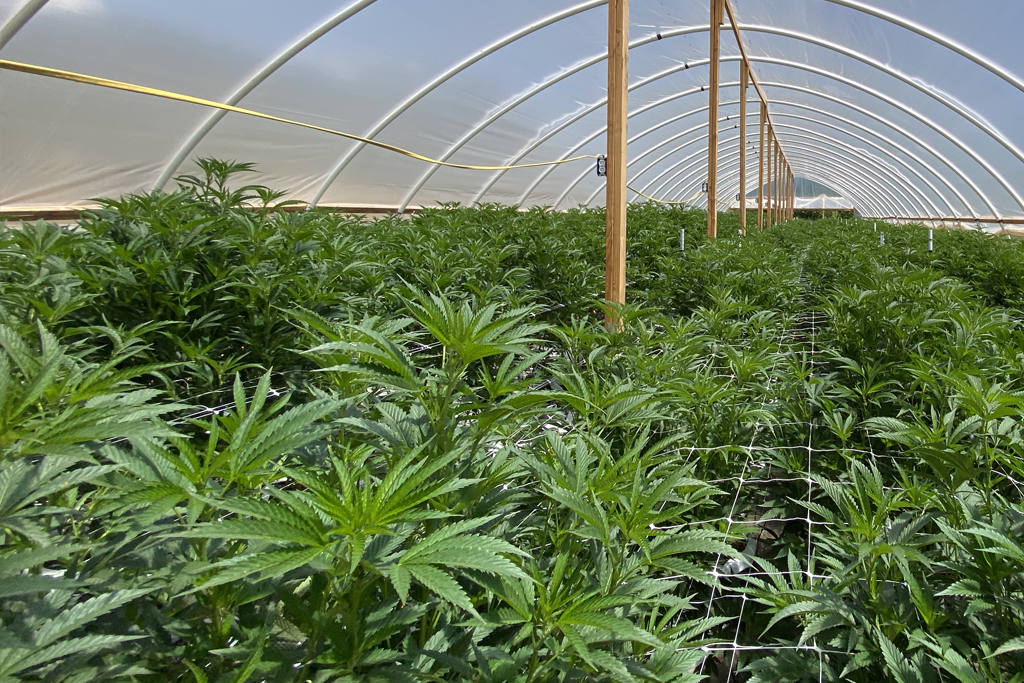
SOG
The purpose of SOG is to achieve high yields quickly by cultivating a high volume of plants packed closely together—at least four plants per square foot—and keeping them at the same height, resulting in dense overstory. This uniform canopy allows the plants to capture maximal light and promoting a competitive environment, which accelerates the veg stage and the onset of inflorescence.[1] Once the plants reach the desired height, they are flipped for flowering.[2]
[1] Trancoso et al., 2022
[2] Green, G. The Cannabis Grow Bible, 2nd ed.; Green Candy Press: São Francisco, CA, USA, 2010. https://zenseedsbank.com/low-stress-training-technique/
For photoperiod varieties, growers need a setup consisting of three sections dedicated to three different light cycles. For hobbyists, shelf systems work well. You can either have one shelf dedicated to a different section or divide the shelf into three sections.

The first section, for mother plants, requires an 18- to 24-hour light cycle. Clones taken from the mother plant then go into a section that is on a 24-hour light cycle. By providing constant light and keeping them close together, the plants compete for light and grow quickly into squat bushes. The plants should be grown in compact containers with limited growing-medium volume to restrict root expansion[1] and help keep their overall size small. Growers may need to deploy LST techniques to restrict vertical growth.
[1] More accurately, to encourage root density rather than reach.
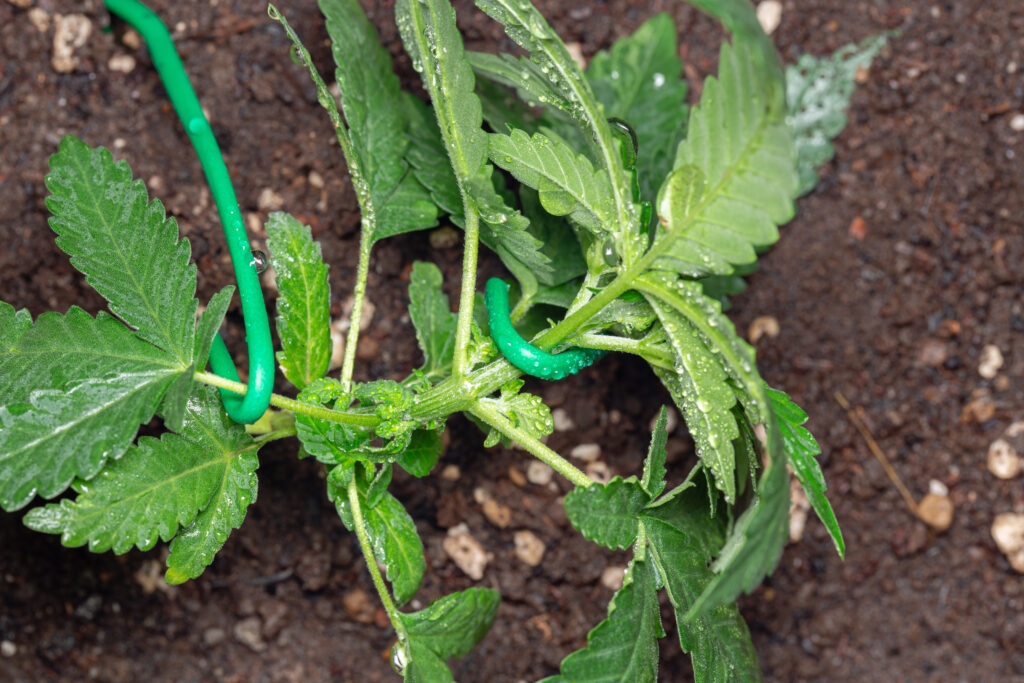
When the plants reach the desired height, they can be flipped by moving them to the last section, governed by a 12-hour light cycle. The sudden decrease in light triggers the plants to flower.
The SOG approach has several benefits. The flat canopy promotes more or less equal light exposure to all plants, which is crucial for crop development. While individual plants might have lower yields, due to the higher number of plants in the space, growers get overall higher yields per square foot. The competitive setup also compels the plants to grow faster, resulting in quicker harvests. Any grower, from a hobbyist to a large commercial operation, can use SOG to enjoy high yields quickly.
That said, there is a downside: Keeping plants close together at equal height is more conducive to pests and diseases, and high-density production can require more labor and resources to maintain grow-room hygiene, increasing production costs.
SCROG
SCROG is similar to SOG in that the objective remains a broad, consistent canopy to capture as much light as possible. However, it takes a different approach.
SCROG increases yield by training the plants to grow horizontally and form lateral branches, getting more light to more branches. Research shows that eliminating apical dominance can stimulate development of side shoots,[1] and a higher number of secondary shoots results in substantially more inflorescence, dry matter and leaf area, not to mention heightened cannabinoid content.[2]
[1] doi.org/10.3390/plants11010140
[2] doi.org/10.15835/buasvmcn-hort: 2019.0021
With SCROG, growers take a screen, typically made of chicken wire, and suspend it above the plants. The height of the screen depends on the grow lights used, but it ranges from 8 to 24 inches over the growing medium.[1]
Using female clones from a mother plant, the grower guides their branches through the screen as they grow. The screen not only provides mechanical support to the shoots, so they are less likely to break under the weight of the buds, but also allows growers to manipulate how the branches spread, creating a uniform canopy and distribution of inflorescences.
[1] The net can be suspended using posts or chains hung from the ceiling, but the latter requires securing them to the floor to prevent movement.
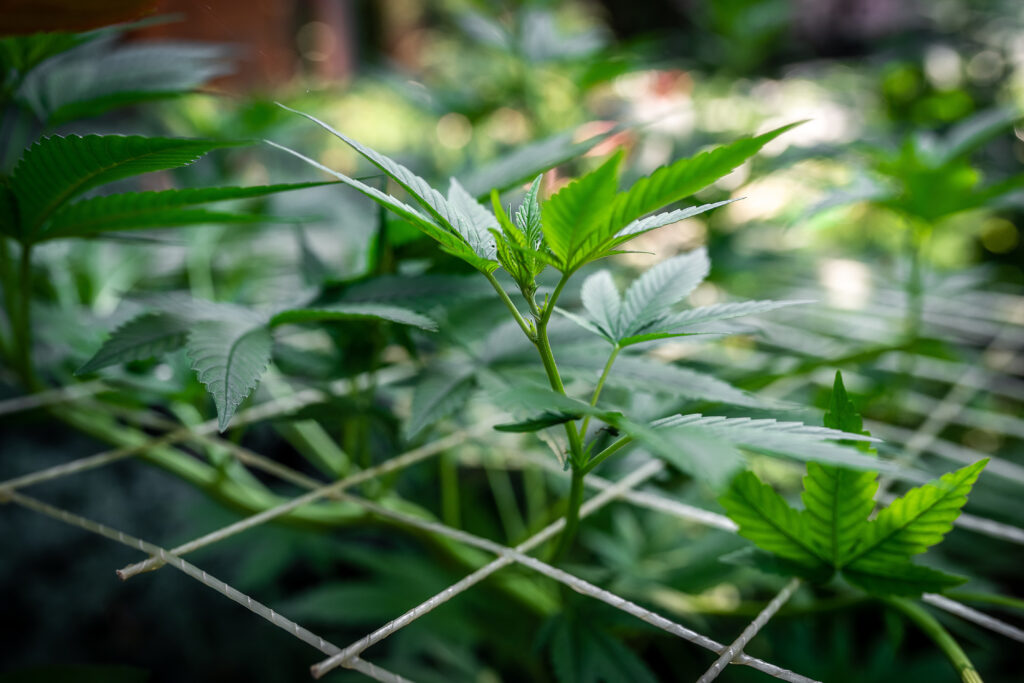
SCROG requires pruning to prevent leaves and branches from inhibiting the growth of buds. Lower branches should also be pruned, since they cannot receive as much light as the top and therefore divert plant resources to sustain them that could be better directed by the plant’s upper growth.
Once the plants have consumed the entire screen with foliage, they can be flipped.
Differences between SOG and SCROG
The number of plants involved in SCROG is lower than in SOG because the focus is on getting more light to more branches, and those branches need room to grow. Ideally, one square foot of space should be allotted for each plant with SCROG. This additional space, along with the better air circulation that comes from SCROG, entails less risk of encouraging and spreading mold and pests than with SOG. Having the branches spread out also makes caring for the plants easier.
SCROG’s veg time is longer, however. As a result, harvests typically occur one to three weeks later than with SOG. But growers can see more yields per plant—potentially up to three times more than through conventional methods—thanks to the buds that proliferate on the lateral branches.
The Emerald Harvest Team